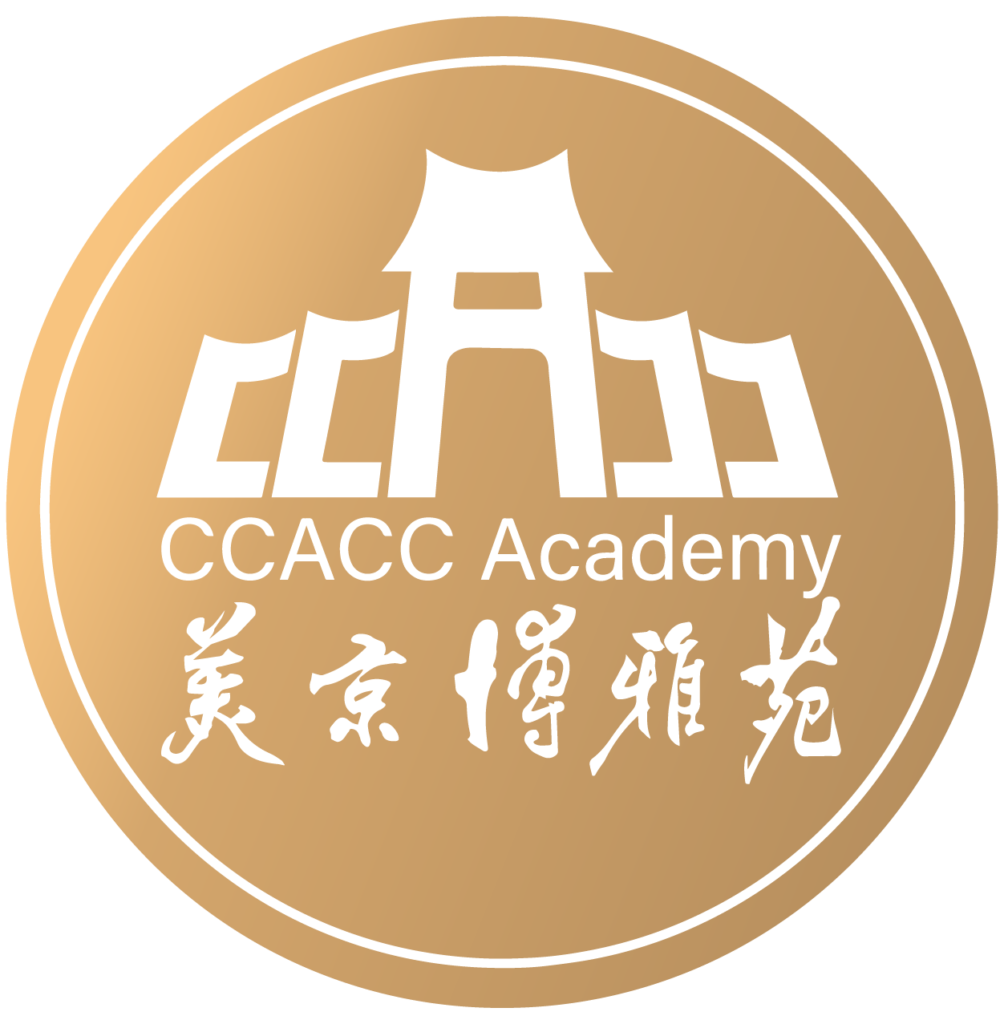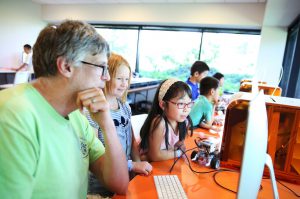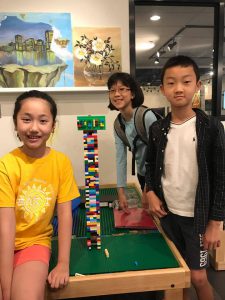By Courtney Lai, Summer intern
‘Math Kangaroo’ is a funny name, and immediately the image of a hopping marsupial made up or a combination of numbers and symbols may pop up in your mind, you child or children following excitedly behind. But the actuality of that name comes from a seemingly obvious place when you think about it. The competition was created by an Australian mathematician named Peter O’Halloran in the 1980s, and soon was taken up by others, who named it ‘Math Kangaroo’ in honor of its country of origin.
There are many reasons why this particular competition soared while others may not. Instead of the regular bread and butter spread of math questions laid out in the form of simple numbers, graphs, digits, and symbols, ‘Math Kangaroo’ puts focus on creating engaging and thought-provoking questions. The questions on the test are determined at an annual meeting between all the countries that participate in the competition, over 80 different participating countries create questions administered to the over 6 million students who take the test.
The test isn’t confined to any particular age, anyone from between grade 1 to 12 can take it. For any child who is struggling to see the value of math or what interest it may hold over subjects such as art or social studies, a test that creates questions that are interesting and includes situations that spread their imaginations can help them enjoy the concept of math before they reach the harder parts. Getting a firm grasp of how math can help in day to day situations, when your kids are mostly preoccupied with what the next fun activity will be, will not only help engage them more in mathematics over their peers, but also provide the steady foundation for other subjects that require math as well, such as science or technology. When your child understands the point of learning math and other subjects that rely heavily on it, they will be less likely of getting frustrated with or try to avoid math altogether.
Practice makes Perfect. But practicing without the process of analyzing and reflecting on why a particular challenge was difficult to understand, and learning how to find an easier way to understand a question, doesn’t help with supporting and developing a child’s learning abilities. Instead, practice with the intention of learning different ways to look at a problem helps a child develop crucial critical thinking skills that can help them understand and enjoy mathematics and other sections of STEM. With a guiding hand and a fresh perception, coupled with questions and topics that actually succeed in engaging your child, ‘Math Kangaroo’ can be that hand that helps your child hop to a better future.
To join Math Kangaroo training session in Montgomery County, MD visit https://shop.ccaccacademy.org/product-category/2019-2020fall-winter-spring/stem/ to find the right session for your child.



